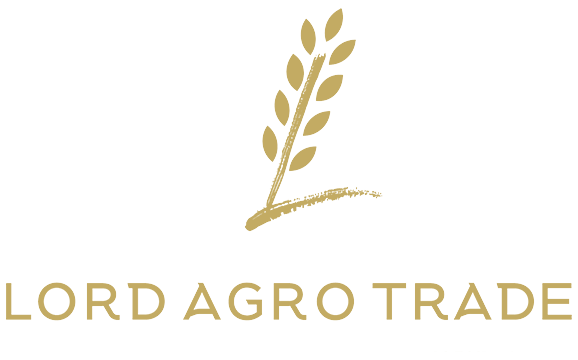Types of lentil packaging bags
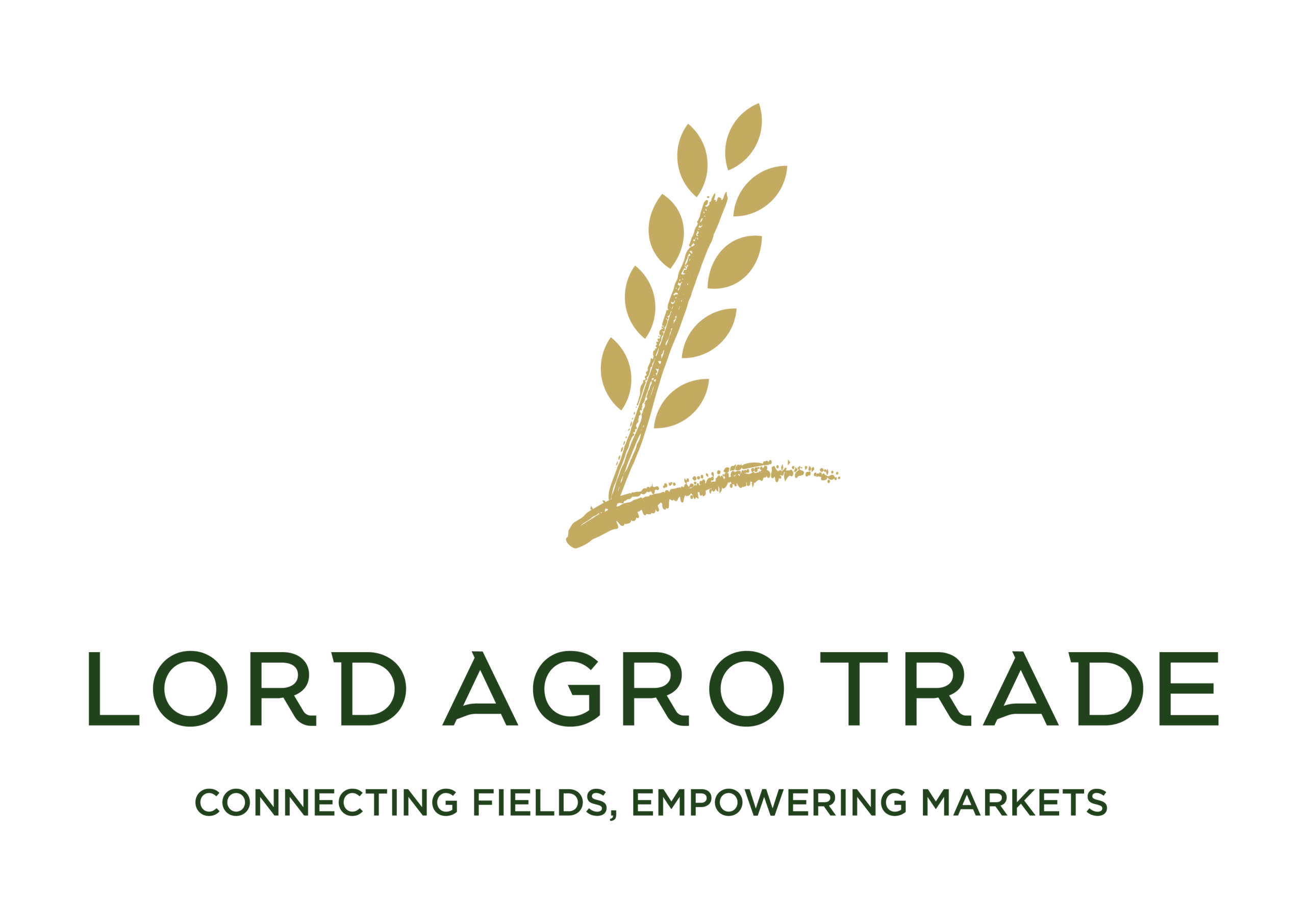
Laminated Polypropylene (PP) Bags
These bags have been manufactured using woven polypropylene, with an added lamination coating (improperly termed as foil or plastic). This lamination confers on the bags moisture, light, and contaminant resistance, ensuring product safety.
Simple Woven Polypropylene Bags
These bags are woven from polypropylene fiber. Being light yet robust with the woven structure of the bags, they are ideally suited for heavy bulk packing and easy transmission. Mostly used for packing lentils in bulk.
Multi-layer Kraft Paper Bags
Use these two cones to pack kraft paper bags with lining plastic or any other protective material in their ends. They make them moisture resistant. These bags are convenient for packing small articles and are completely safe for the environment.
Plastic Bags (PE, BOPP, Metallized)
And materials ranging from polyethylene (PE) to BOPP to metallized plastic. The aluminum is there on the surface for moisture and light protection. Mainly for export and consumer packaging.
Nylon and vacuum bags
These bags are made from nylon or similar materials and use vacuum technology to remove air from inside the bag, helping preserve the freshness and longevity of the product. They are particularly suitable for protecting lentils from contamination, moisture, and spoilage.
These types of bags are used for maintaining product quality, easy transportation, and extending the shelf life of lentils in exports.
Jumbo Bags (big bags) for High Volumes
The bags are made for the specific purpose of packing and transporting large quantities of products like lentils (1000 kg or thereabouts). Bags made from woven polypropylene or other similar fabrics are mostly used for international transport and bulk storage.
Differences packaging bags
- Laminated PP Bags: Moisture-resistant, high printability, more durable.
- Simple PP Bags: Cheaper, breathable, suitable for warehouse storage.
- Kraft Paper Bags: Environmentally friendly, suitable for luxury packaging.
- Plastic Bags (BOPP, PE, Metallized): Better appearance, resistant to moisture and light.
- Jumbo Bags: Suitable for bulk transportation, high capacity.
- Vacuum Bags: Extend product shelf life, prevent air infiltration.
Customer Marking on Packaging Bags

Customer Marking on Packaging Bags is typically done for advertising, brand identification, and product information. Depending on the type of bag and customer needs, different methods and techniques are used for printing the markings. Below is a more detailed explanation for each type of bag:
Laminated PP Bags (Polypropylene Laminated Bags)

Marking on these bags is usually done using flexographic printing or silkscreen printing. These bags have multiple layers, allowing for high-quality printing. Customer markings are printed on the laminated surface, which can include the logo, brand name, product details, and contact information. Printing on these bags is typically done in multiple colors with high resolution, as the laminated surface is of high quality.
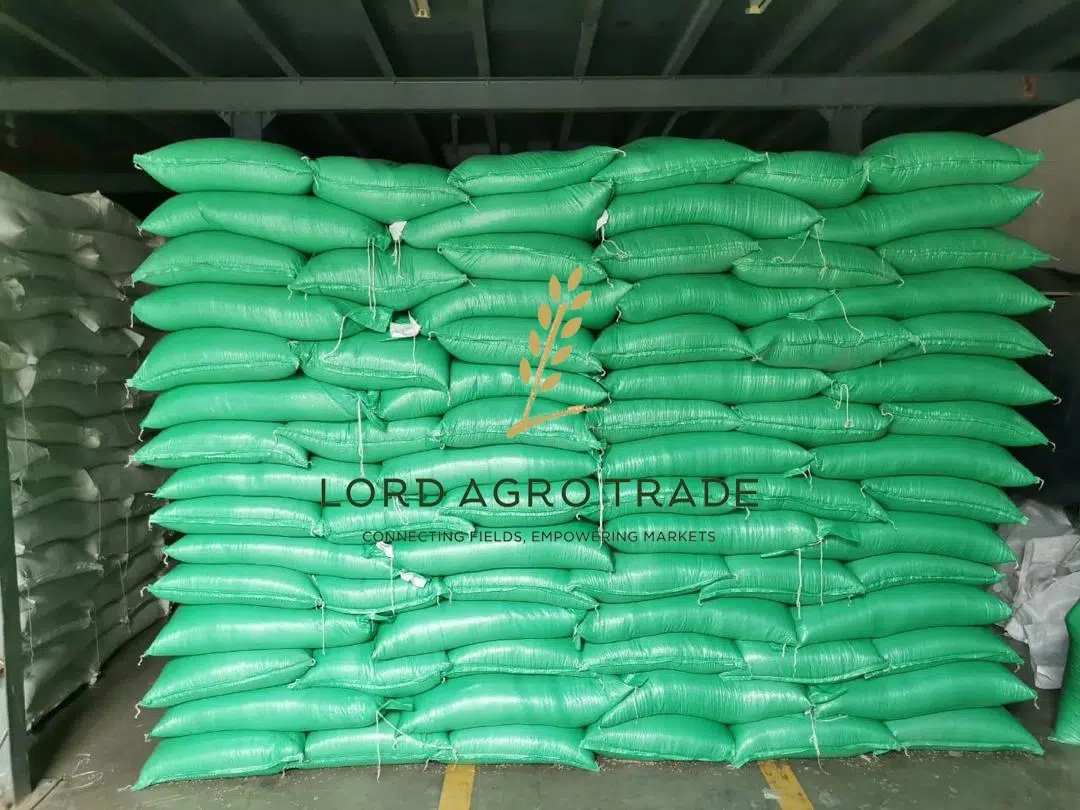
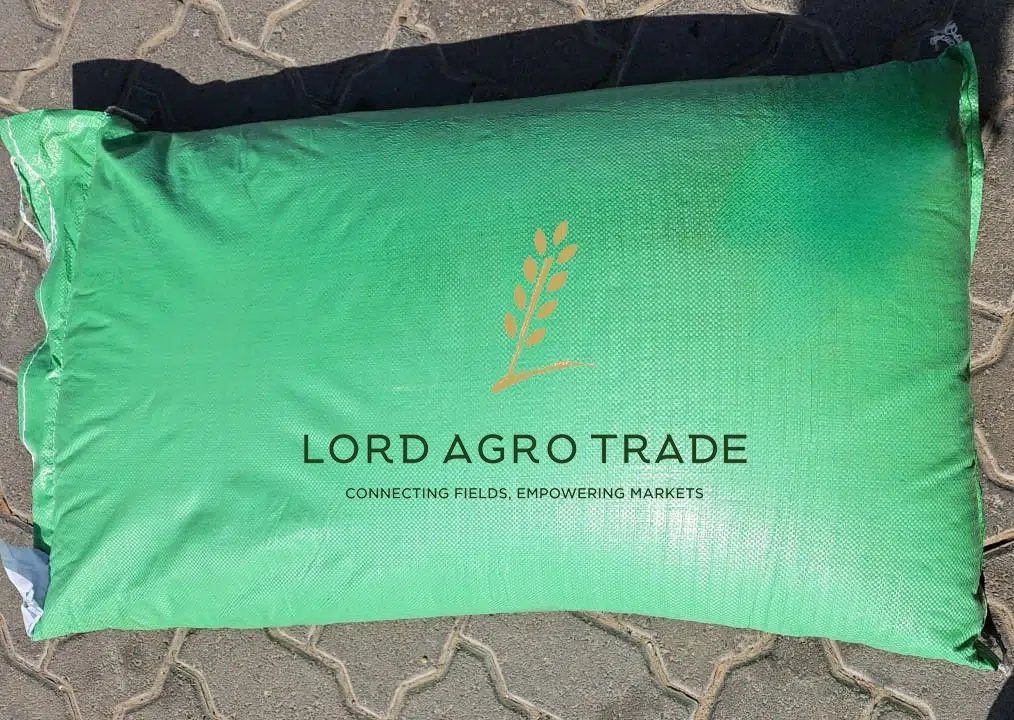
BOPP Bags (Biaxially Oriented Polypropylene)

These bags are suitable for high-quality marking due to their unique characteristics. BOPP is a plastic with high strength and clarity, which allows for printing colorful images, detailed designs, and professional branding. Customer markings are typically applied using flexographic printing or laminated printing. This type of printing is usually done in multiple colors and full color, making the brand and product information more prominent.
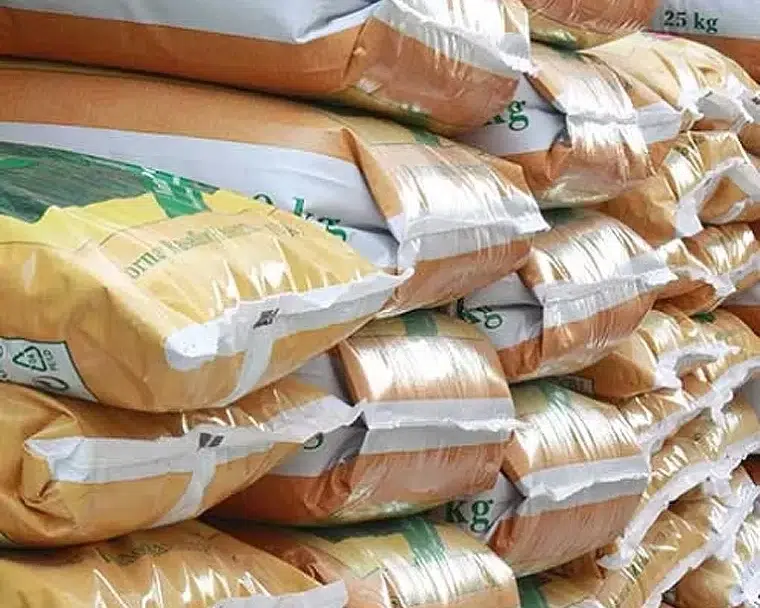
Kraft Paper Bags

Printing on kraft paper bags is typically done using silkscreen printing or flexographic printing. These bags can be printed directly on the paper surface and are a popular choice for organic and eco-friendly brands due to their natural, classic appearance. Printing is typically done in one or multiple colors and is ideal for brand logos, product information, or other details. This type of packaging is commonly used for luxury and natural products.

Simple Woven Polypropylene Bags

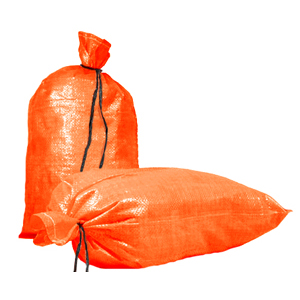
Jumbo Bags (Big Bags)

Marking on jumbo bags is generally done with stickers or simple printing. Due to the large size of these bags and their use for bulk packaging, stickers are commonly applied to display brand or product information. In some cases, simple printing with limited colors may be used, often done through silkscreen printing or transfer printing. This method is suitable for customers who require more cost-effective marking.
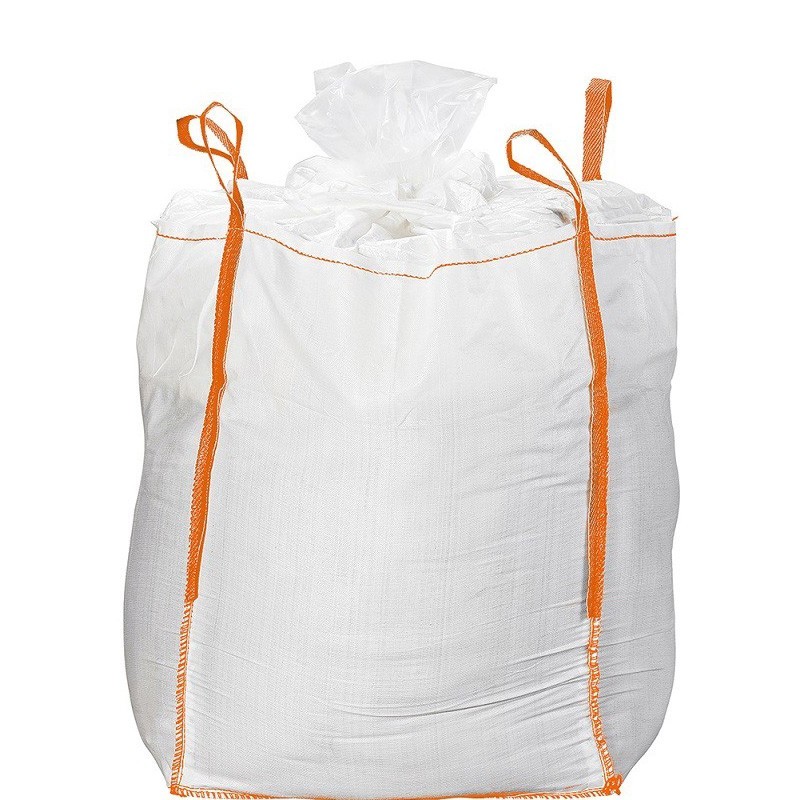
Customer marking is only accepted for orders that consist of at least 5 containers or more. This decision has been made to optimize the production process and reduce the costs associated with printing and packaging. If the order volume is less than this, customers are kindly requested to contact Lord Agro Trade to explore alternative packaging and marking options.
Customer marking is only accepted for orders that consist of at least 5 containers or more. This decision has been made to optimize the production process and reduce the costs associated with printing and packaging. If the order volume is less than this, customers are kindly requested to contact Lord Agro Trade to explore alternative packaging and marking options.
Communication with experts
